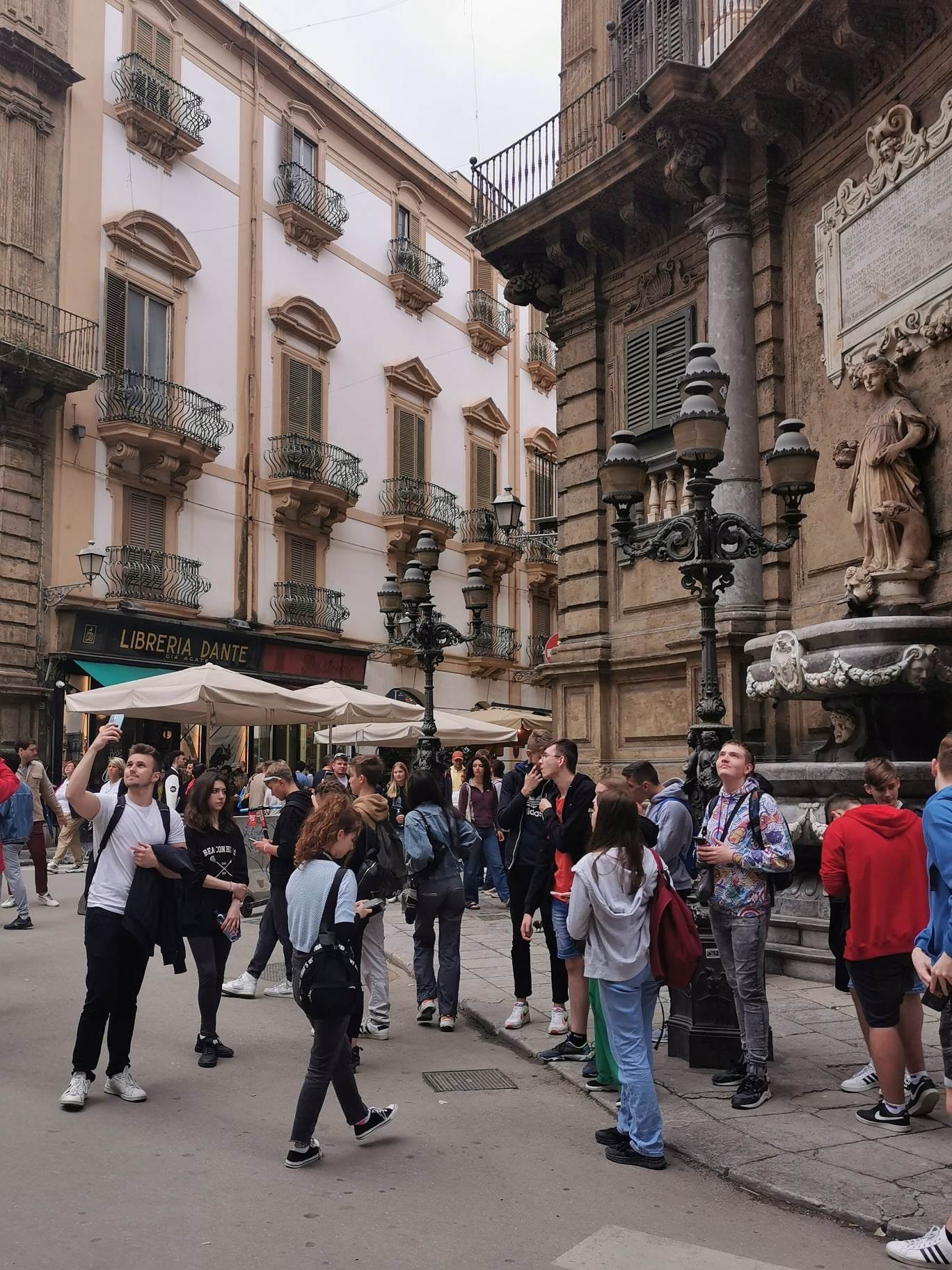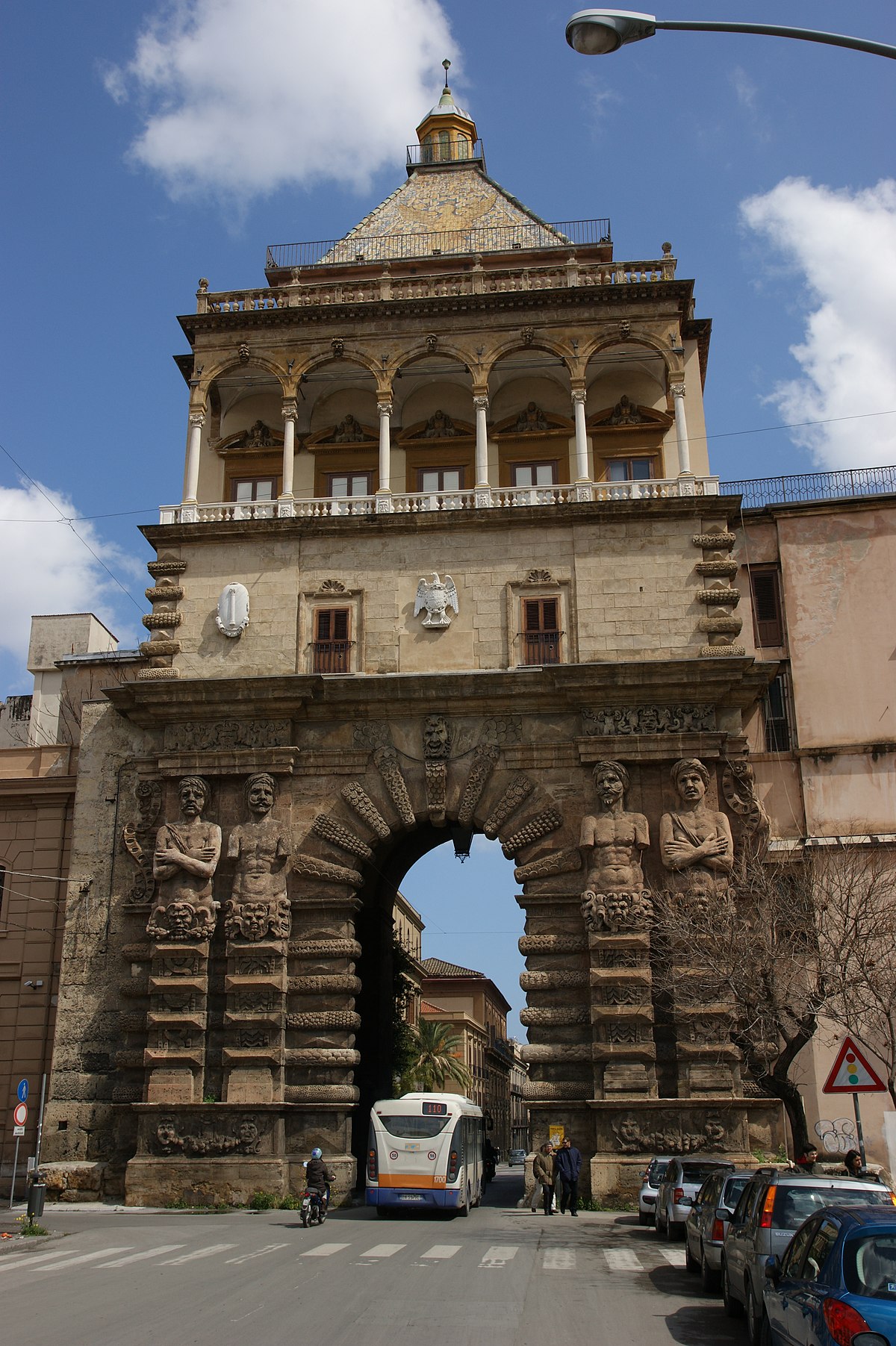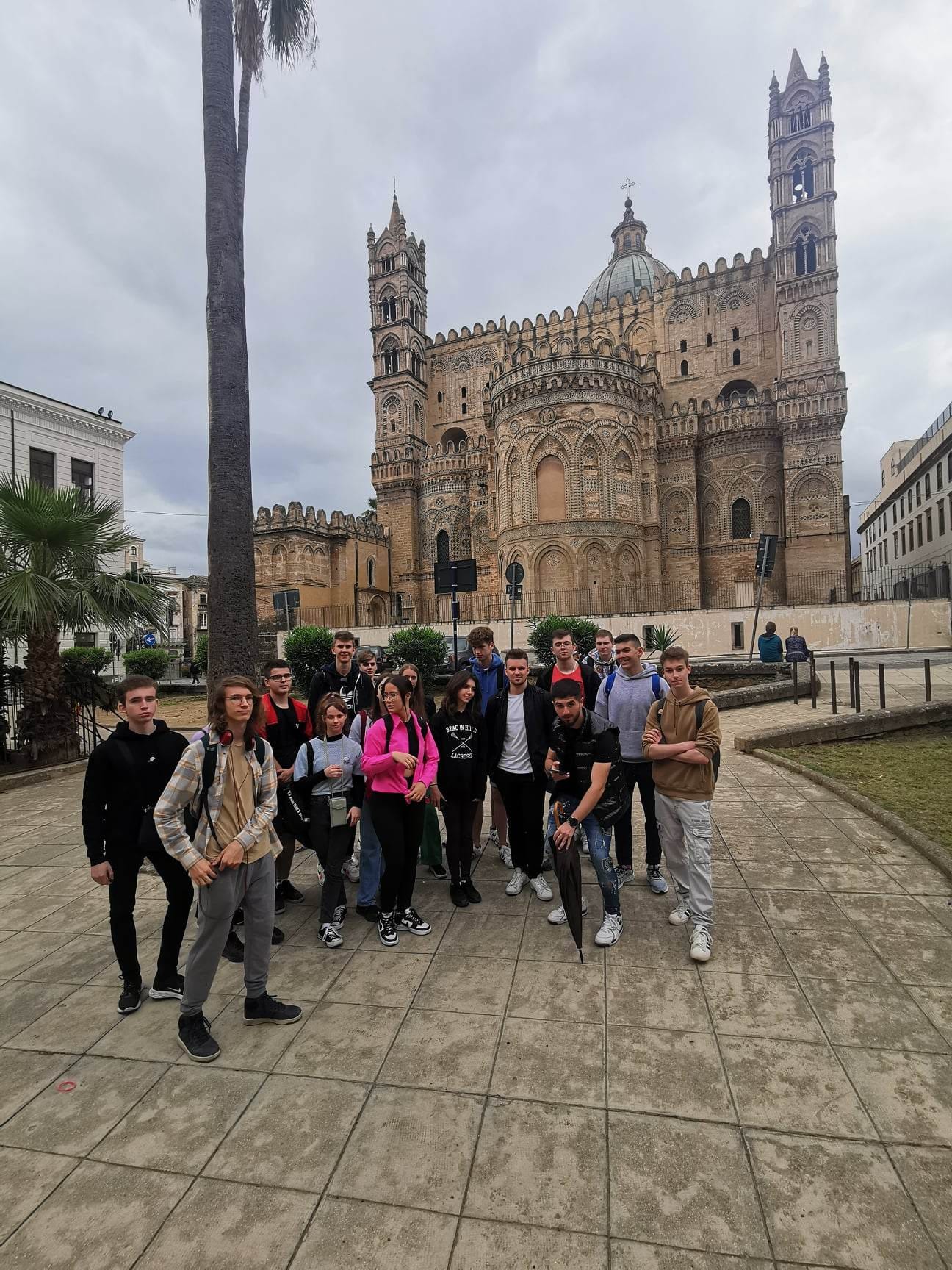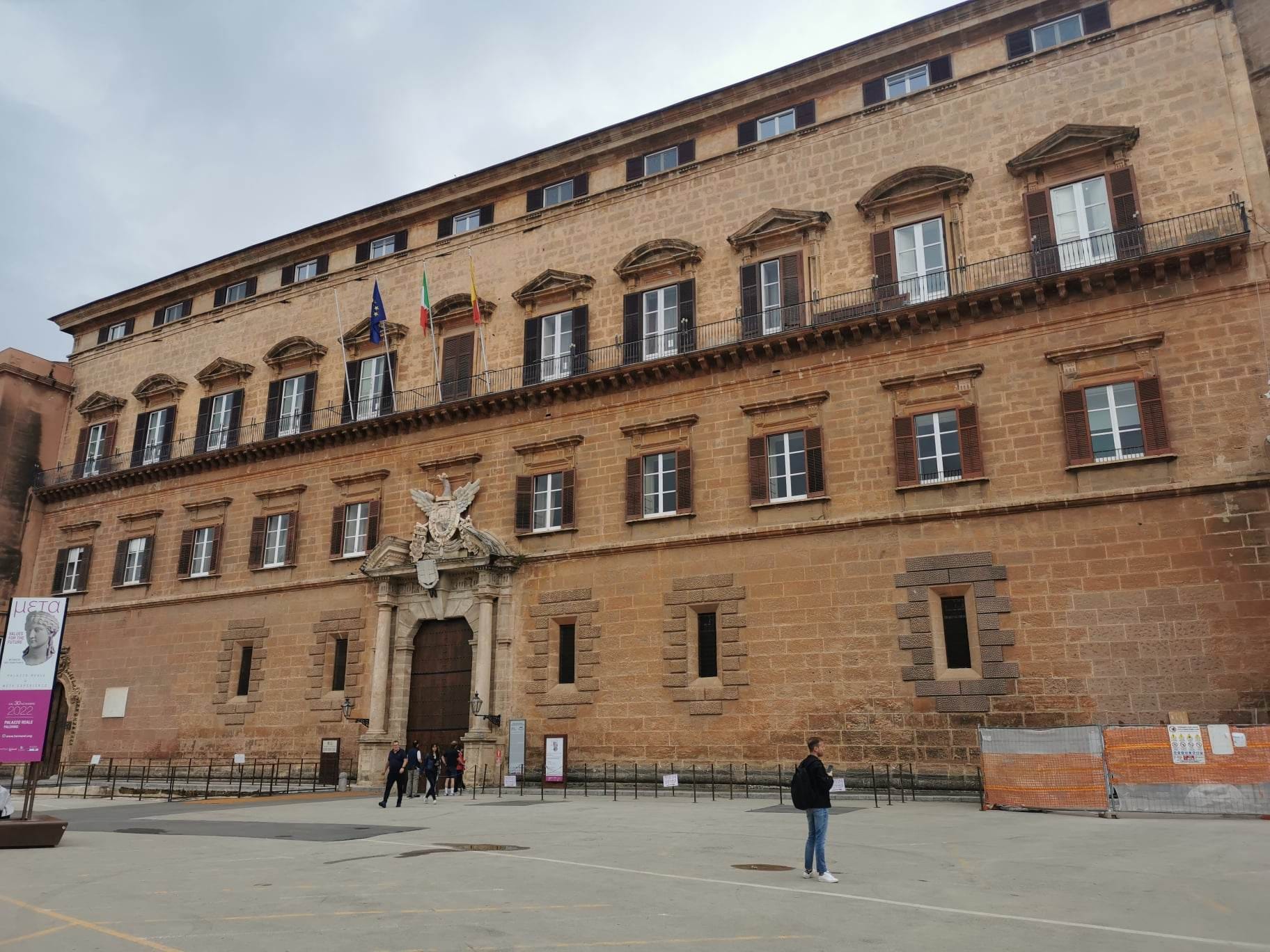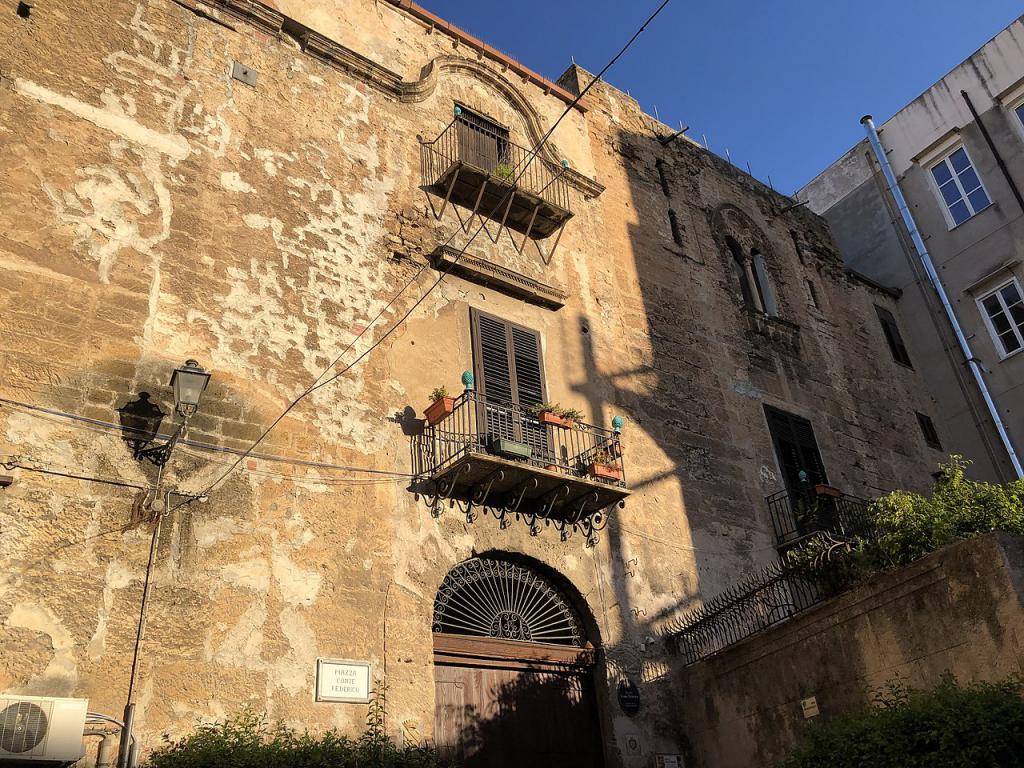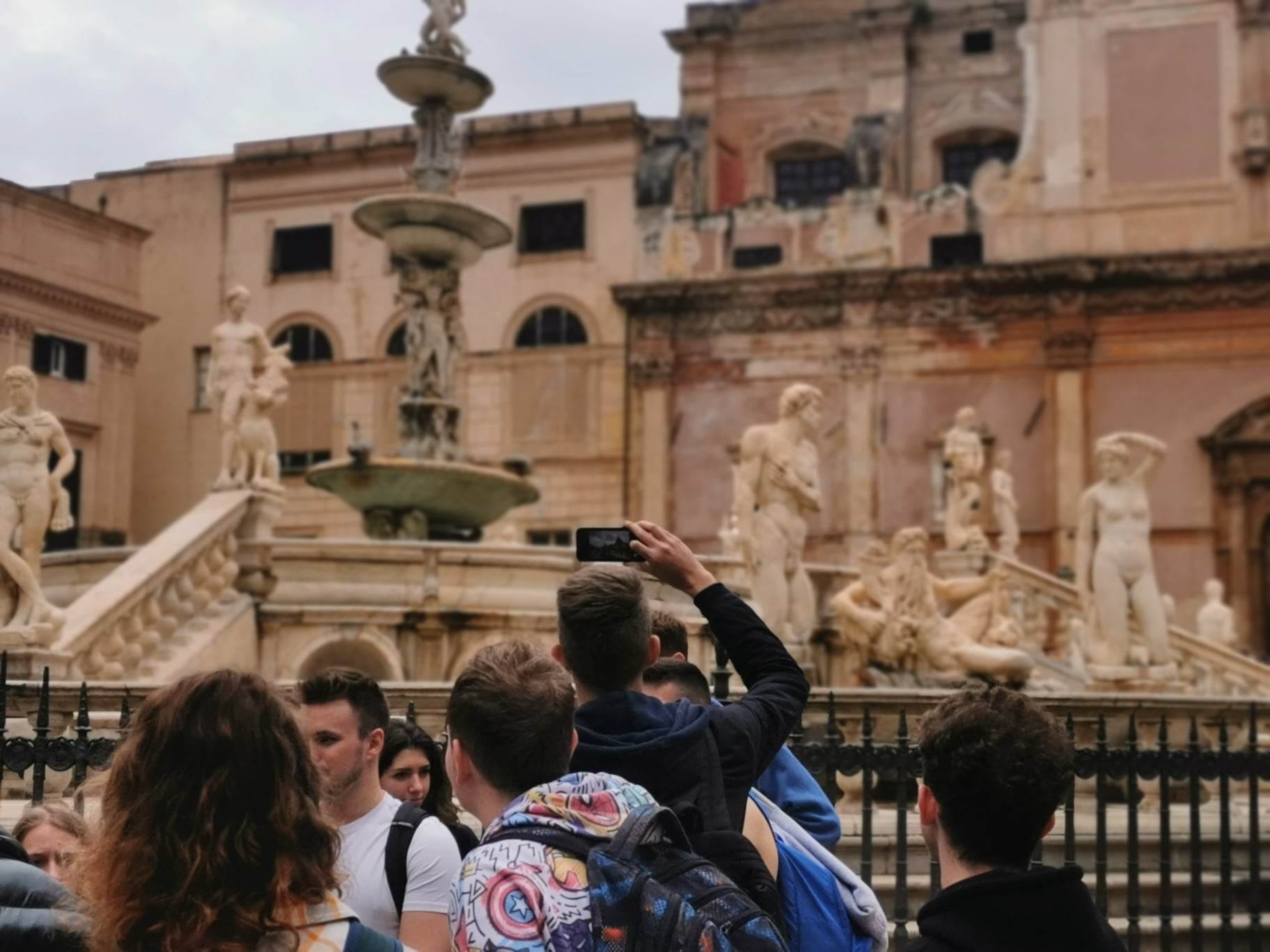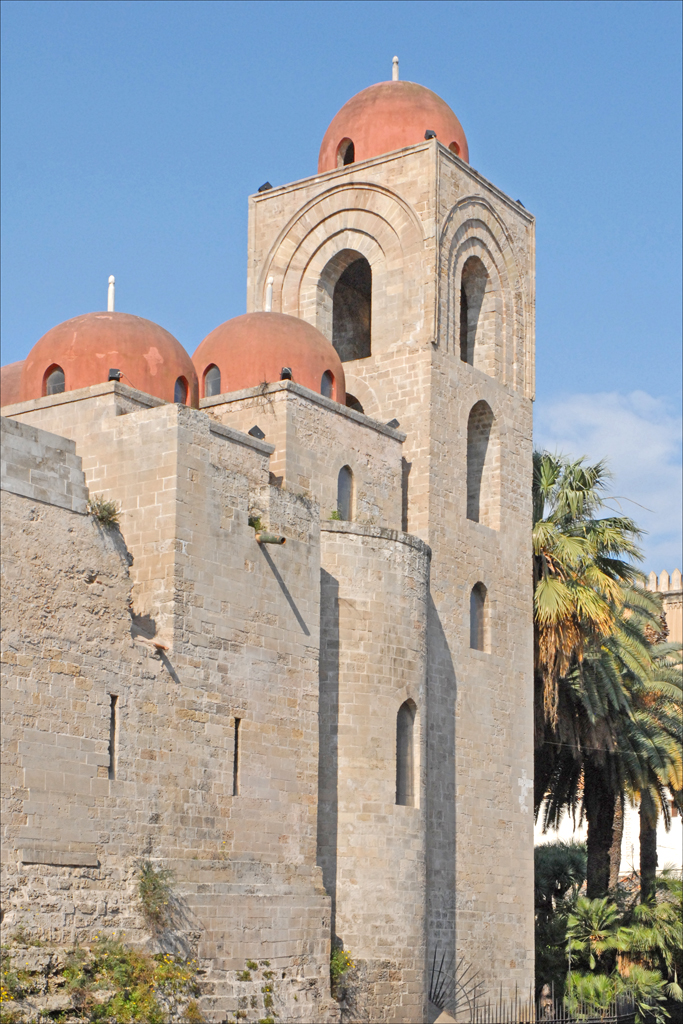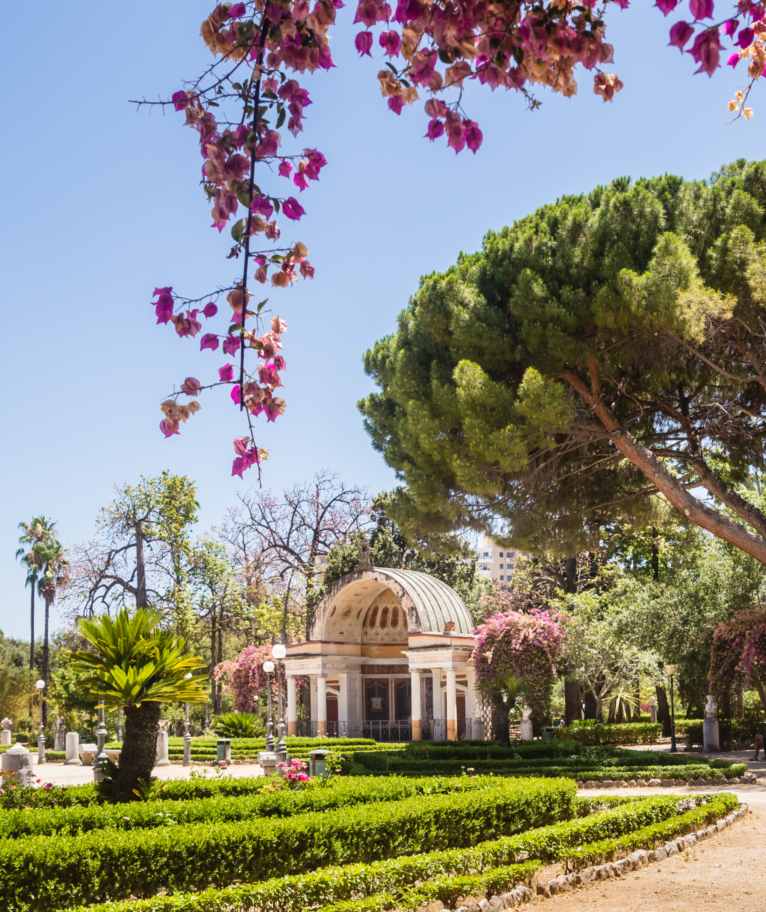Teatro Massimo:
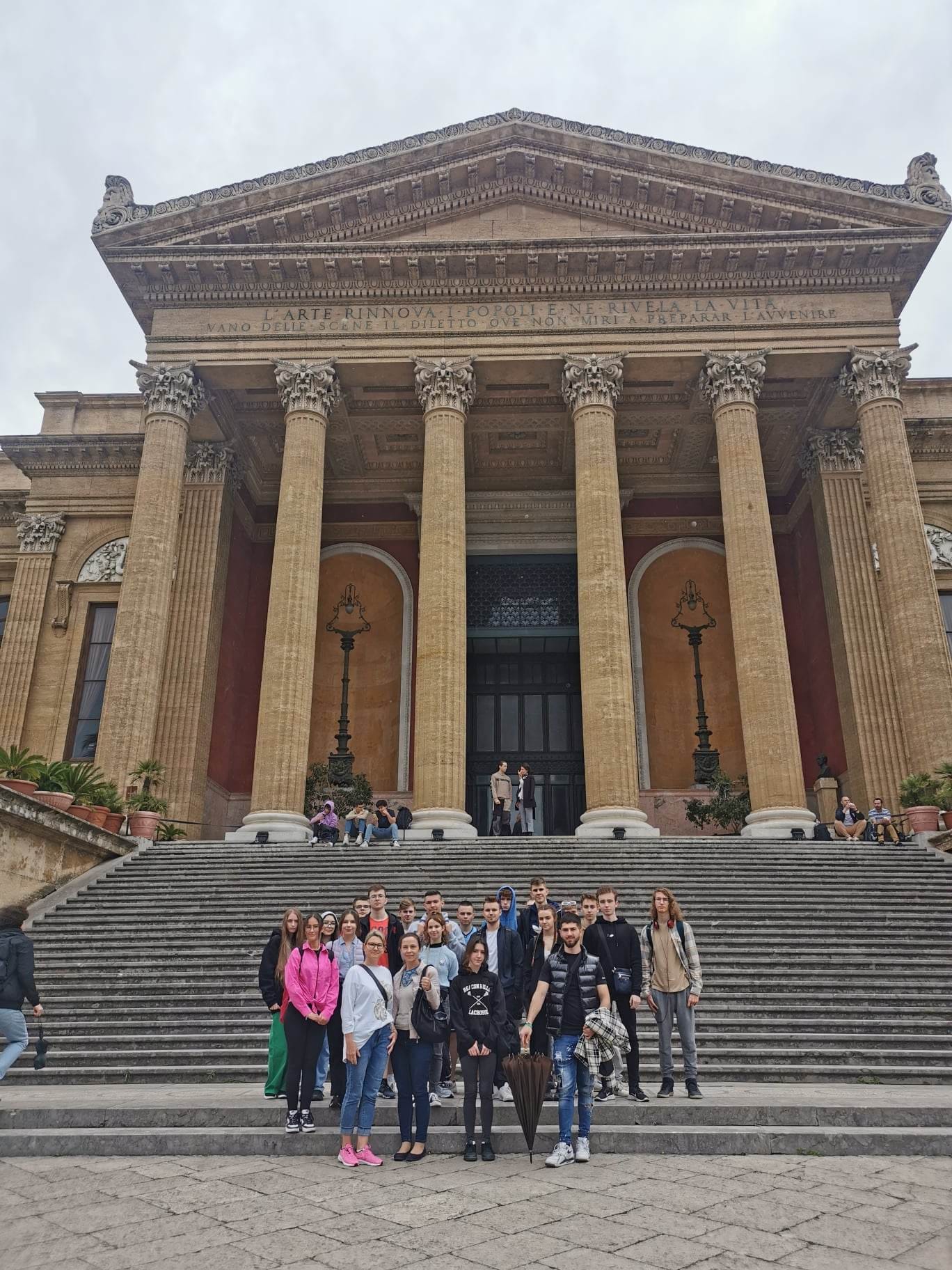
Teatro Massimo is a theatre located in the centre of Palermo, the capital of Sicily. The term "Teatro Massimo" refers to the building itself and a group of performers. The theatre is famous for its perfect acoustics. The main opera hall can contain approximately up to 1400 spectators. The most important events like opera productions, symphony concerts, and other musical events take place there. It's the largest opera theatre in Italy and the third largest in Europe. Its construction started in 1875 and it took 22 years until it was finished.
